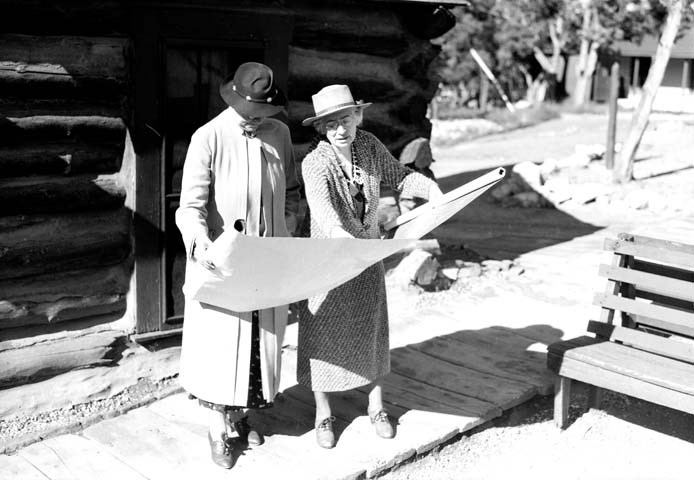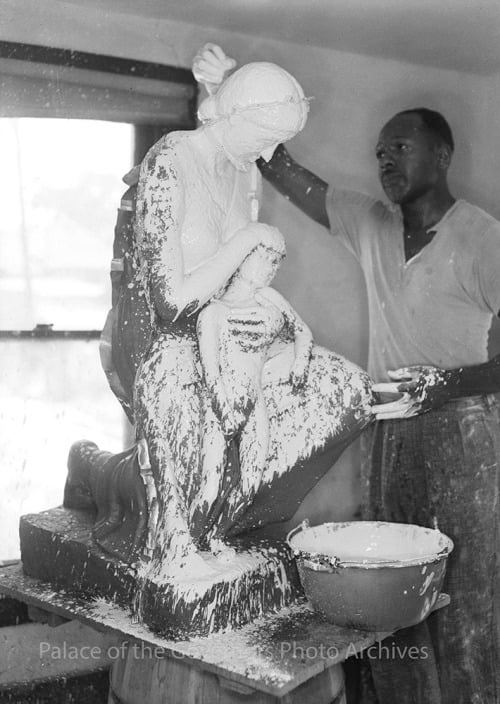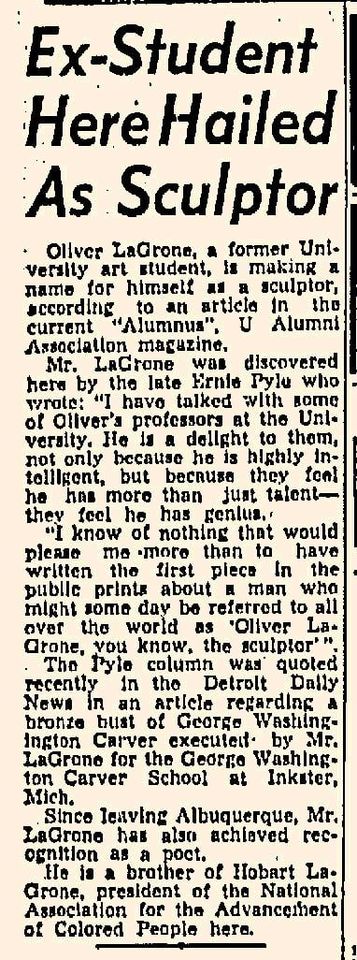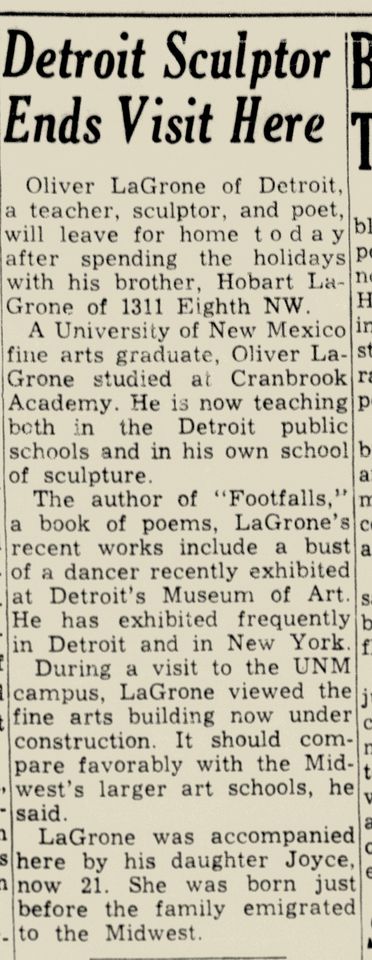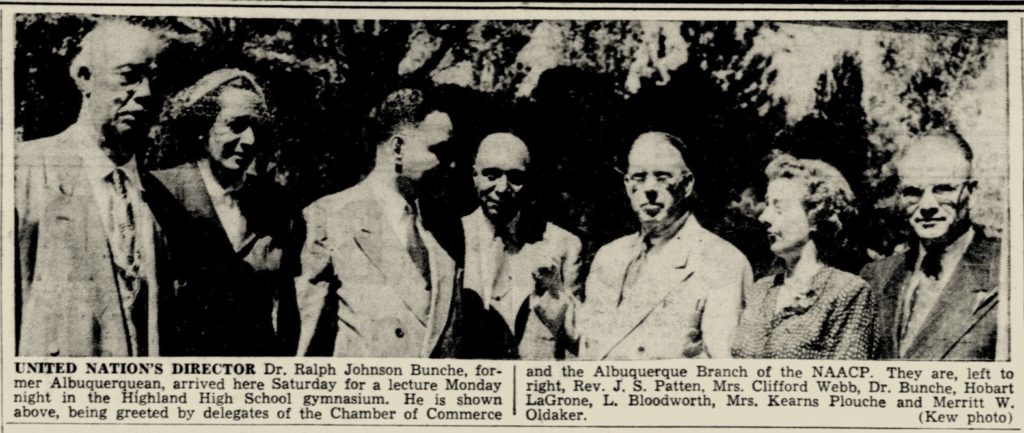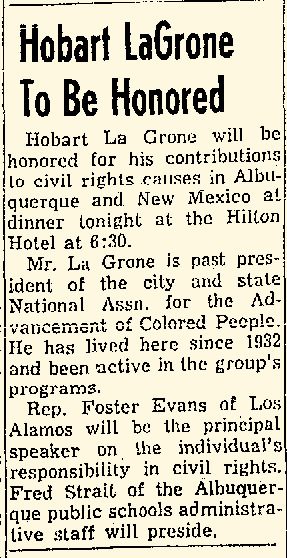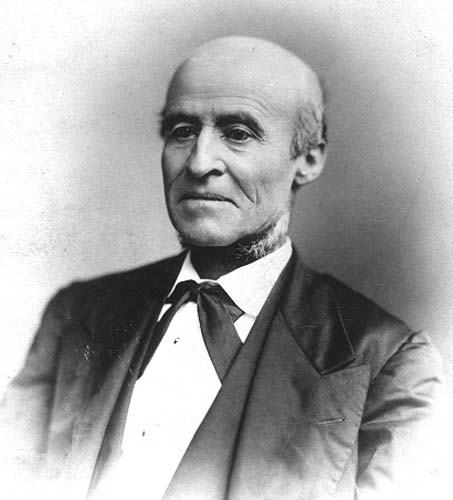
A most interesting early civic leader of New Mexico was Father José Manuel Gallegos, whose life chronicles some amazing historical events.. He was born in Abiqiu in 1815, while Nuevo Mexico was still part of New Spain. He was ordained as a priest in 1840 after study in Durango, Mexico, and began serving a parish church in Albuquerque. He then stood for election and served in the Mexican Legislative Assembly for the Department of Nuevo Mexico from 1843-1846, and then after the Treaty of Guadalupe Hidalgo ended the Mexican American War and New Mexico became a US territory, Gallegos was elected to the first Territorial Council in 1851. That same year, following a power struggle between local priests and the new Archbishop Lamy, Gallegos devoted himself to government entirely after Lamy removed him from his church. By 1853, Gallegos won election to serve as territorial delegate to Congress in Washington DC. He was elected to a second term, but his seat was contested, as was his loyalty to the United States, and it was claimed that he only had a majority of voters because of fraudulent Mexican voters. Voter fraud was never proven, but he was denied the election because of these claims and Gallegos came home to New Mexico. He returned to the New Mexico territorial government, serving as a legislator, treasurer and other offices, and one more stint in Congress.
He died in Santa Fe on April 21, 1875.

